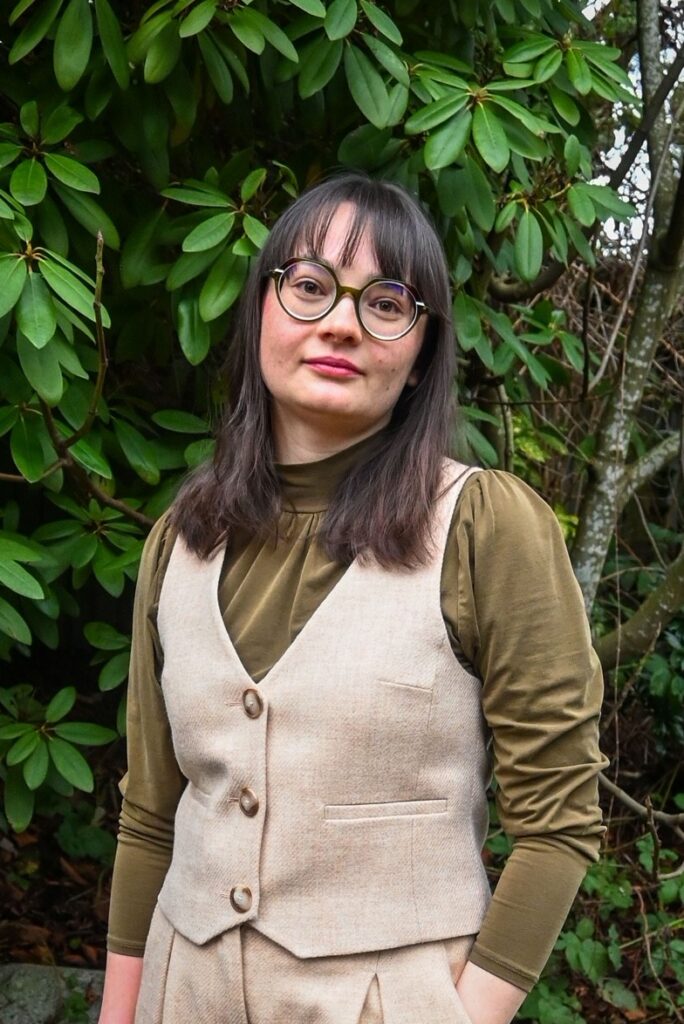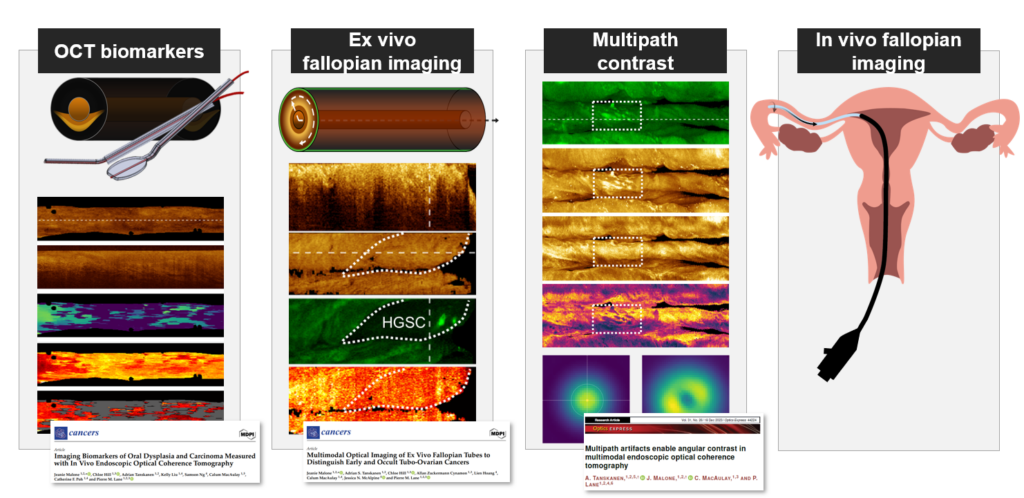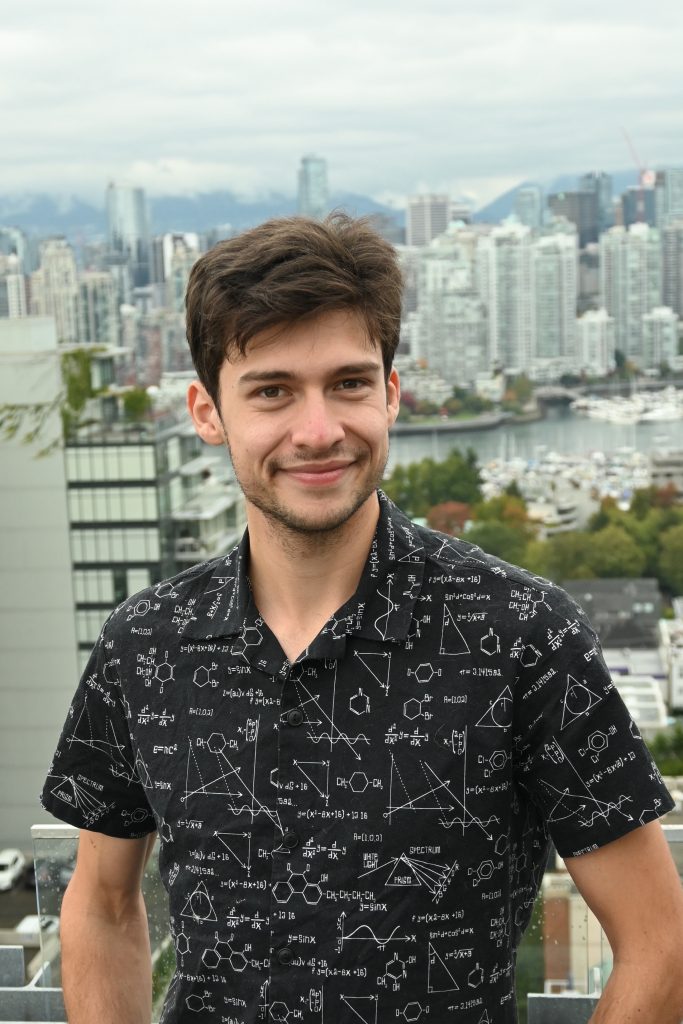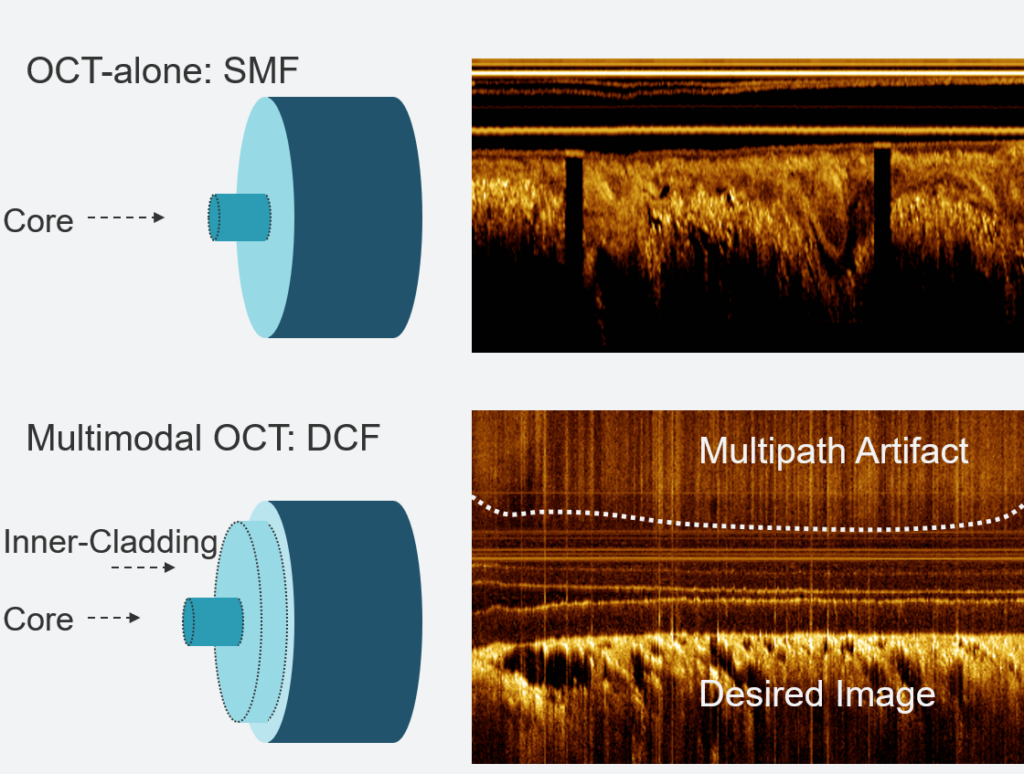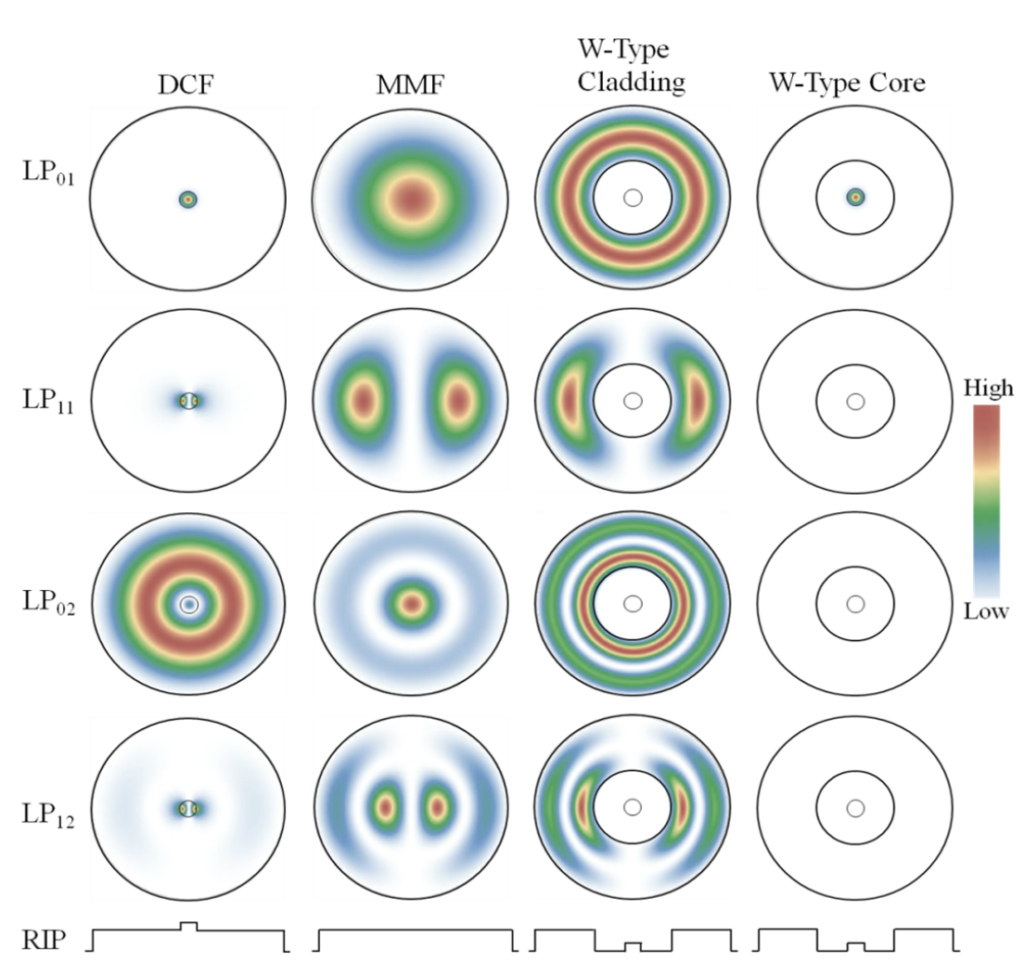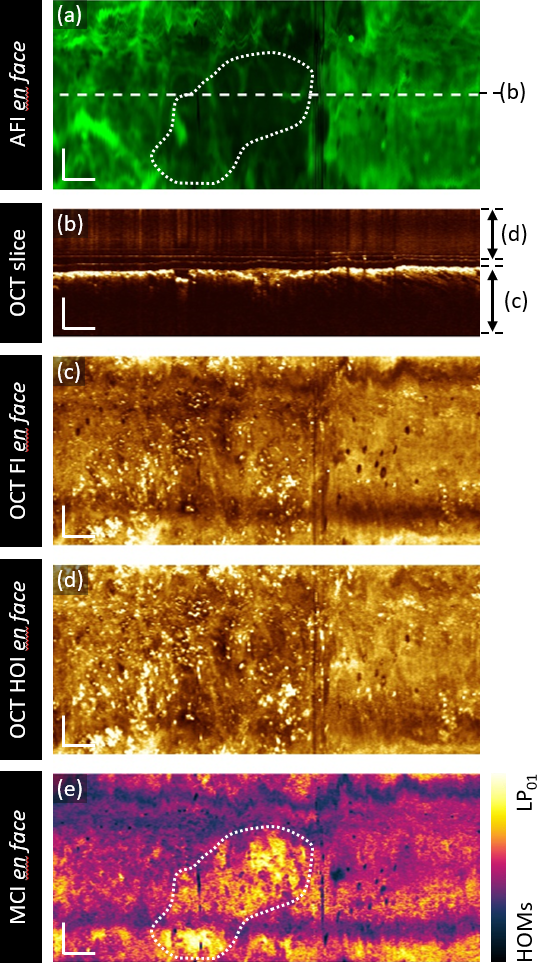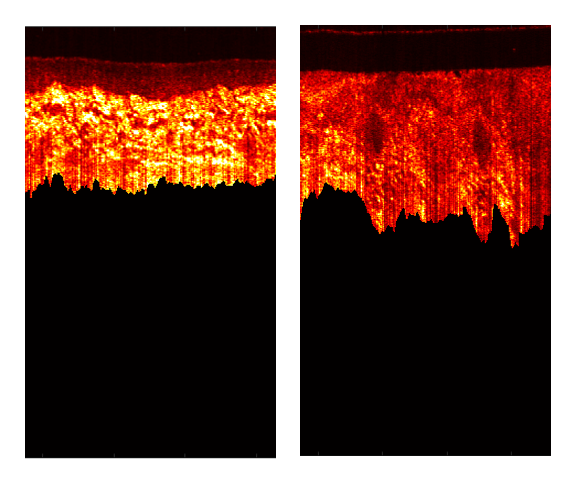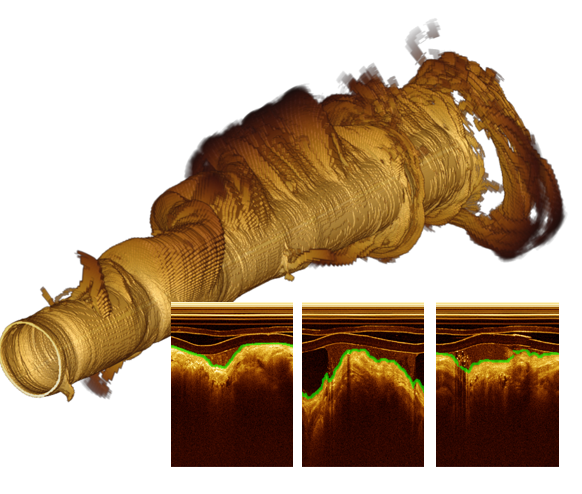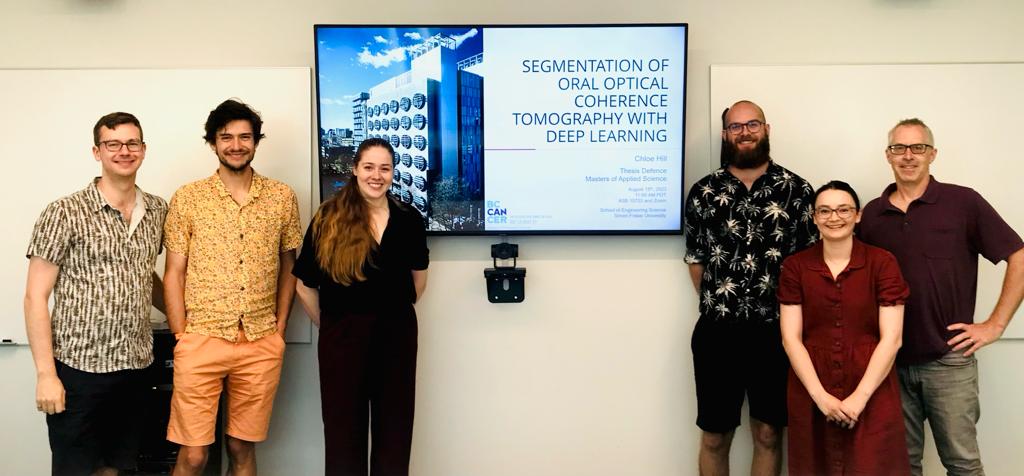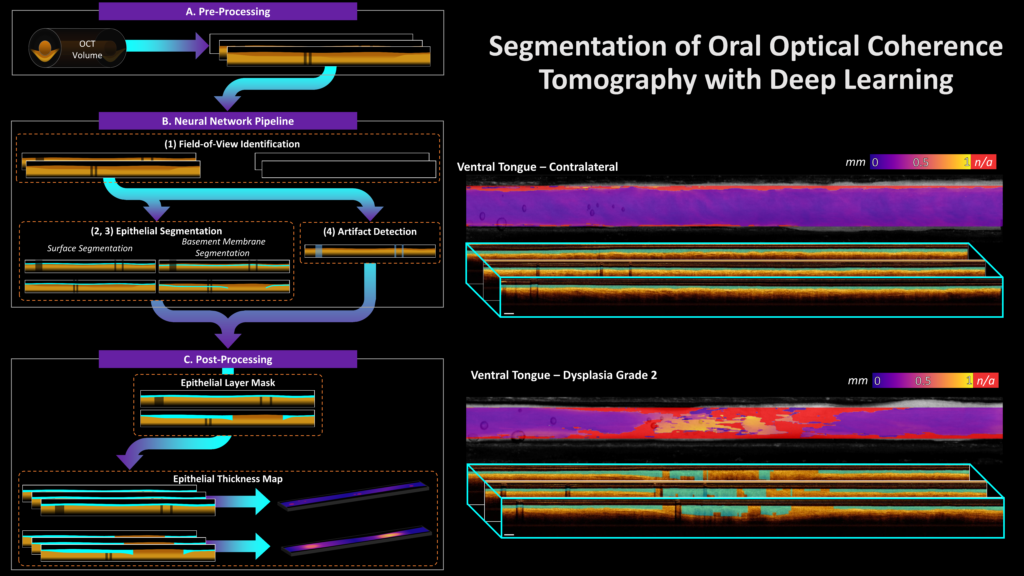Congratulations to Dr. Jeanie Malone for successfully defending her PhD thesis!
Jeanie’s work ‘Towards endoscopic optical imaging of the fallopian tubes for tubo-ovarian cancer detection‘ explored the use of optical imaging catheters for cancer detection and management. Her work focused on detecting the earliest ovarian cancers where they form in the fallopian tubes. She demonstrated these devices can distinguish disease from normal tissue – the first step towards developing screening tools for ovarian cancer detection.
Select Publications:
- Multipath artifacts enable angular contrast in multimodal Multimodal Optical Imaging of Ex Vivo Fallopian Tubes to Distinguish Early and Occult Tubo-Ovarian Cancers
- Multipath artifacts enable angular contrast in multimodal endoscopic optical coherence tomography
- Imaging Biomarkers of Oral Dysplasia and Carcinoma Measured with In Vivo Endoscopic Optical Coherence Tomography
